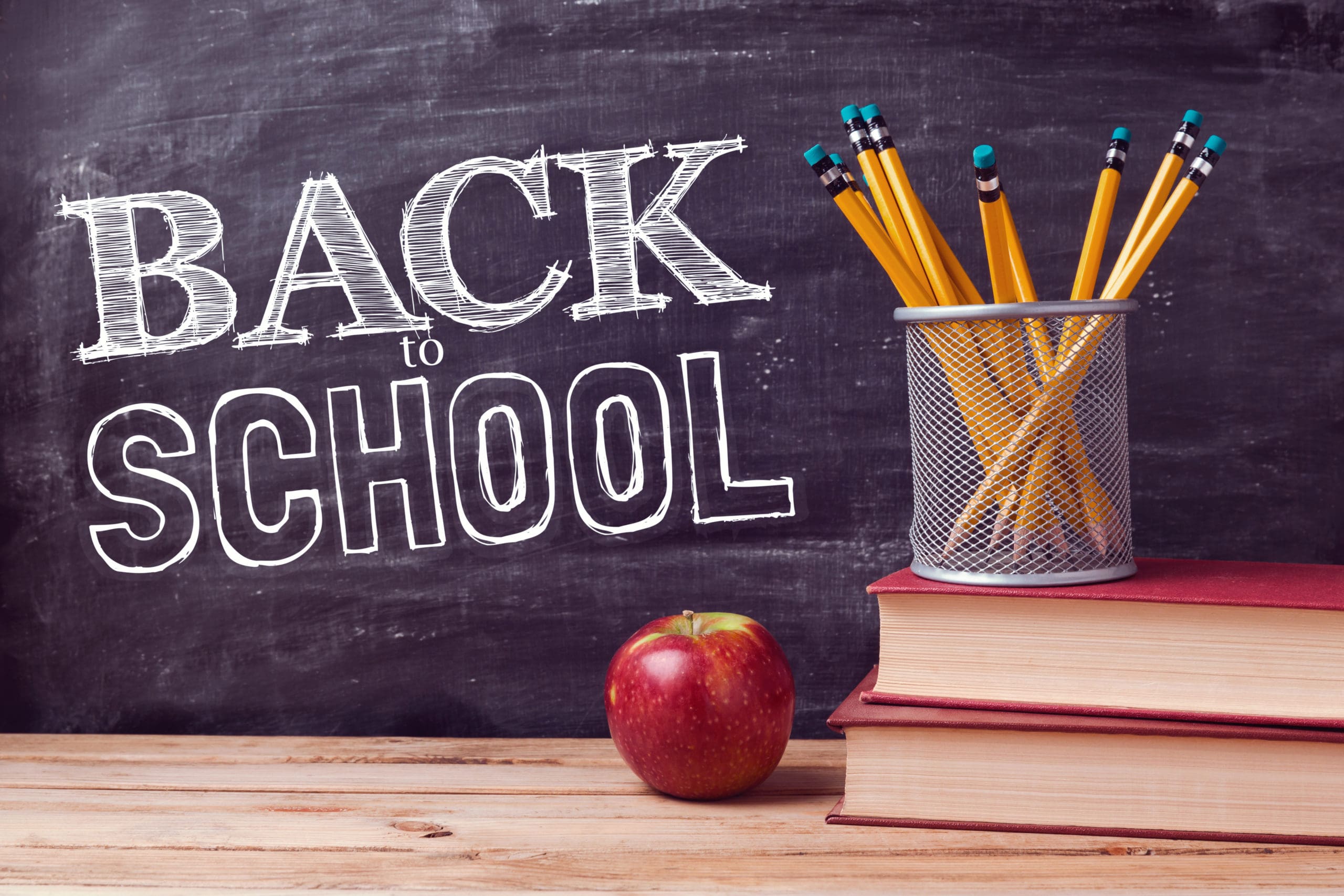The Centers for Disease Control and Prevention (CDC) released its roadmap on Friday for getting K-12 school students back to face-to-face classes, although the guidance provides only recommendations, not requirements.
CDC Director Rochelle P. Walensky, M.D., M.P.H. and U.S Department of Education Senior Advisor for Policy and Planning Donna Harris-Aikins, J.D. announced that their agencies have launched a “one-stop-shop” operational strategy for K-12 schools to safely reopen.
They stressed five evidence-based strategies that they say reduce the spread of COVID-19 and were previously recommended by the CDC, including the universal wearing and correct use of facial coverings, physical distancing of at least 6 feet, hand washing, cleaning of facilities and surfaces, and weekly testing of students and staff. Walensky, however, said the highest COVID mitigation priorities for schools should be facemask wearing and physical distancing.
Additionally, the CDC wants states to prioritize teacher and school staff vaccinations so they can safely work on their campuses, however, vaccinations should not be considered a condition for reopening if the schools follow the appropriate COVID mitigation guidelines.
Walensky cited studies that found that less than 10% of coronavirus cases were in individuals between the ages of 5 and 17, indicating that schools, but particularly lower grade levels, can safely reopen. That being said, she also warned that more than 90% of counties in the U.S. have a high rate of COVID-19 transmission, so the mitigation guidelines being recommended should be strictly followed.
The subject of ventilation was also covered, with Harris asking schools to “do their best” to improve indoor air flow and quality. Both suggested campuses update their HVAC systems and are hoping Congress will fund HVAC improvements.
In ED COVID-19 Handbook Volume 1: Strategies for Safely Reopening Elementary and Secondary Schools that was released on Friday, district and school leaders were advised to “analyze community data as a first step to determine appropriate in-person learning approaches. District and school leaders should review levels of community transmission to inform the degree of in-person learning that can proceed safely.
“The CDC K-12 Operational Strategy offers recommendations about thresholds of community transmission and the associated actions schools should take to operate safely. CDC identifies four categories of community transmission of COVID-19 – low (blue), moderate (yellow), substantial (orange), or high (red) — based on two metrics: (1) total new cases per 100,000 persons in the past 7 days and (2) percentage of positive diagnostic and screening viral tests… CDC’s operational strategy then advises on how to use the thresholds determined by these metrics as a first step in deciding if full in-person, hybrid, or remote instruction is most appropriate for elementary, middle, and high school level learning:
- “At low (blue) levels: K-12 schools open for full in-person learning if they implement the previously listed five key mitigation strategies, including masking and, to the greatest extent possible, physical distancing of 6 feet or more. Sports and extracurricular activities can occur with physical distancing of 6 feet or more to the greatest extent possible.
- “At moderate (yellow) levels: K-12 schools open for full in-person learning if they implement the previously listed five key mitigation strategies, including masking and, to the greatest extent possible, physical distancing of 6 feet or more. Sports and extracurricular activities should only occur in person if physical distancing of 6 feet or more can be maintained.
- “At substantial (orange) levels: K-12 schools open for hybrid learning or reduced attendance if they implement the previously listed five key mitigation strategies, including masking and physical distancing of 6 feet or more. Sports and extracurricular activities should only occur if they can be held outdoors with physical distancing of 6 feet or more.
- “At high (red) levels:
- WITH screening testing in place: K-12 schools open for hybrid learning or reduced attendance with strict adherence to mitigation strategies, including masking. Physical distancing of 6 feet or more should be required. Sports and extracurricular activities should be postponed or held virtually.
- WITHOUT screening testing in place:
- Elementary schools open for hybrid or reduced attendance with strict adherence to mitigation strategies, including masking. Physical distancing of 6 feet or more should be required.
- Middle and high schools in virtual only instruction unless they can strictly implement all mitigation strategies and have few cases among students, teachers, and/or staff. Schools that are already open for in-person instruction can remain open, but only if they strictly implement mitigation strategies, including masking, and have few cases. Physical distancing of 6 feet or more should be required.
- K-12 sports and extracurricular activities should be postponed or held virtually.”
Here are some new helpful resources provided by the CDC and U.S. Department of Education:













